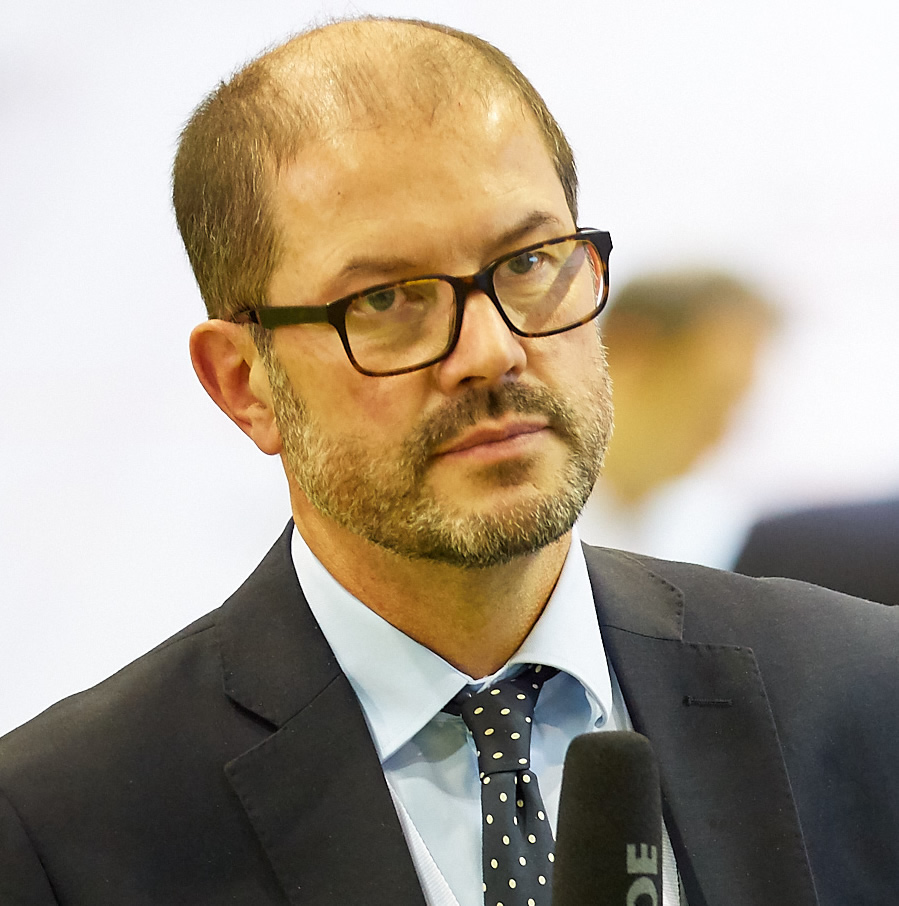
Continuous metals monitor reveals environmental improvement opportunities
Submitted by:
Andrew Warmington
Graham Meller of Buttonwood Marketing shares some results from a recent trial of continuous metals monitoring technology
Elementis has announced some promising results from a trial of a new continuous metals monitoring technology at a river by its talc plant at Sotkamo in central Finland. The technology employs micro-discharge optical emission spectroscopy (µDOES*) from Finnish university spin-off Sensmet.
µDOES enables the multi-metal real-time analysis of aqueous samples. As well as nickel, it can also be used to monitor elements such as lithium, sodium, cobalt, manganese, nickel and copper. In the µDOES technology, a micro-discharge (electric spark) is created directly inside an aqueous sample, causing a microscopic volume of the fluid surrounding the spark to be flash-heated to 10,000°C.
Molecules in the micro-discharge are dissociated into atoms, which are excited to their respective higher electronic states. Upon returning to their ground state, these atoms release their excess energy by emitting light at their characteristic wavelengths. The µDOES measures this atomic emission spectrum to derive quantitative analysis of the sample, displaying measurements locally and transferring data to the user’s DCS and database as needed.
Elementis built a water treatment plant at Sotkamo in 2021, using lime to raise the pH of site wastewater and remove contaminants such as metals. In compliance with an environmental permit, together with Finnish environmental law, process monitoring ensures the receiving environment is not polluted by the discharge, and includes an upper limit for nickel in the receiving river water of 0.034 mg/l.
During the period immediately after the installation of the neutralisation plant, a large number of laboratory samples were taken as the plant was optimised. This prompted Elementis staff to investigate the possibility of continuous analysis, which led to the trial of the µDOES analyser.
The trial was conducted to assess the possibility of avoiding the need to sample and analyse large numbers of environmental water samples, according to Jari Sirviö, development engineer for Elementis. The company was fortunate that heavy rain took place shortly beforehand.
“We discovered a rapid increase, and subsequent decrease, in nickel concentration that closely followed the rain,” Sirviö says. “This strong correlation provides an important insight into the behaviour of nickel and raises a number of important questions; it also highlights the enormous benefits that can be gained from continuous monitoring.”
Metal concentrations are commonly monitored by sampling for laboratory analysis. This would not have been able to demonstrate the correlation between rainfall and nickel concentration at the plant, which had previously taken samples three times per week. By contrast, the continuous and automated monitor makes a measurement every five minutes, 24/7.
Conclusion
According to Sirviö the µDOES analyser has given the Sotkamo staff new insights into the factors affecting nickel levels, which enables mitigation measures to be developed. “Now that we know about the correlation between rainfall and nickel concentration, we can investigate a range of options that could be employed to lower nickel levels, and with continuous monitoring we will be in a better position to evaluate the results.”
In recent years there has been a global trend toward greater use of continuous environmental monitoring. “This has been enabled by advances in technology,” said Sensmet CEO Dr Toni Laurila. “However, as this trial has demonstrated, continuous monitoring delivers a range of other important advantages, that combine to further improve environmental protection.”
* - µDOES is a registered trademark of Sensmet
